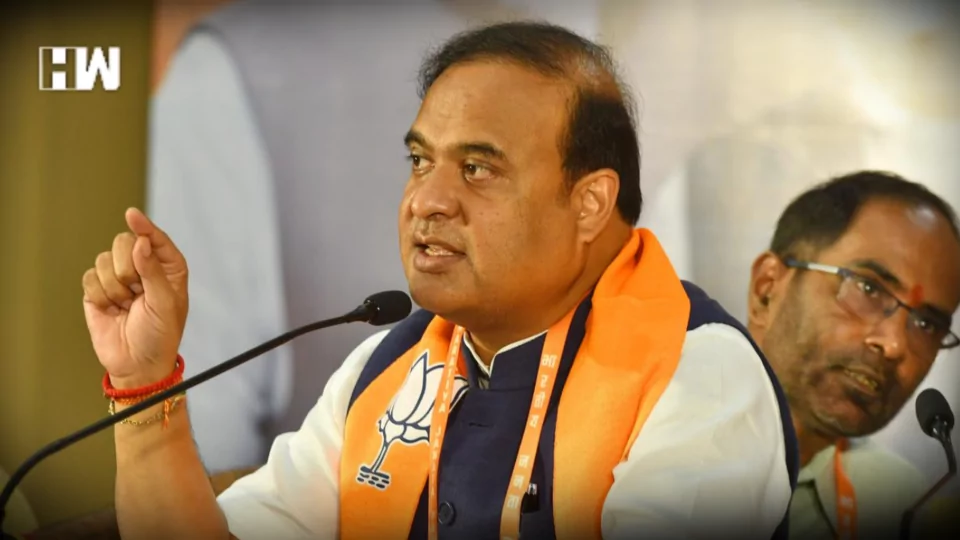Assam Chief Minister Himanta Biswa Sarma on Tuesday inaugurated several new infrastructures at the Guwahati Medical College and Hospital.
Guwahati: Assam Chief Minister Himanta Biswa Sarma on Tuesday inaugurated several new infrastructures at the Guwahati Medical College and Hospital.
They include a new 850-seater auditorium, Principal’s residence, attendants’ guest house, boys’ hostel, and nurses quarters in its premises.
Notably, the state-run Guwahati Medical College and Hospital was at the forefront in fight against Covid-19 and has served lakhs of patients in the previous two pandemic years.
Also Read: PM Modi Meets UK’s Rishi Sunak For First Time At G20 Summit
The Assam Chief Minister said that as part of the Assam government’s initiative to transform Guwahati Medical College & Hospital, the 850-seat auditorium has been built at a cost of Rs 6 crore with support from Oil India Limited and 165-bed Vishram Sadan (attendants’ guest house) for Rs 13 crore with funds from Power Grid Corporation of India.
Whereas, the Principal’s residence was built at a cost of Rs 2 crore, boys’ hostel at a cost of Rs 11 crore and nurses’ hostel at a cost of Rs 3.32 crore.
At the inauguration ceremony, the state’s health minister Keshab Mahanta, GMCH superintendent Dr Abhijit Sarma and several other top government officials were also present.
(Except for the headline, this story has not been edited by HW News staff and is published from a syndicated feed.)
As an independent media platform, we do not take advertisements from governments and corporate houses. It is you, our readers, who have supported us on our journey to do honest and unbiased journalism. Please contribute, so that we can continue to do the same in future.


